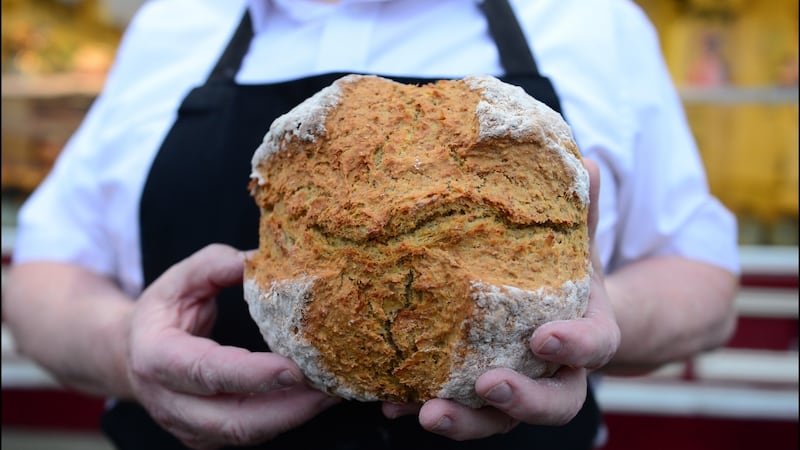At 1am, when the bars are closing, and nightclubs are getting into full swing, work begins in the Cremore Bakery, in the Dublin 11 suburb of Ballygall.
The bakery, set up in 2006 by master baker Pat Byrne, is part of a tradition that stretches back centuries, but which Byrne believes is dying out.
In the last few decades, almost half of the independent artisan bakeries in the country have closed, he says, and there are few young people willing to work in the trade.
“I’d say there are 200 jobs at the moment that can’t be filled.”
When he or one of his fellow master bakers, Thomas O'Reilly and Paul Gahan, want to take a holiday, they find it impossible to get temporary replacements for their shop.
Byrne began his career in the 1960s by doing a four-year apprenticeship with PJ Crotty & Sons Bakery in his native Carlow. He has worked in a number of bakeries, large and small, as well as with bakery suppliers BM Burke, which has given him an intimate knowledge of the sector.
What irks him is supermarkets saying they bake their bread on the premises.
“Try asking can you meet the baker,” he suggests. “All their bread comes frozen, with ingredients coming from around the world that are mixed in factories. Then it’s just flashed in an oven.”
Traditional breads
Byrne’s pride in his knowledge of his craft is obvious. He and his colleagues produce traditional breads – white, brown and fruit sodas, batch loaves and bloomers, as well as fruit bracks, scones and a range of buns and cakes.
The bakery makes its own almond paste (“a real baker would never call it marzipan”) for its Christmas cakes.
“We have four Blas na hÉireann gold medals for our traditional brown soda,” he says, holding up a tray of eight identical loaves, all of which have been shaped by hand. “I make them the same way as I was taught more than 50 years ago. It’s by far our biggest seller. The skill has nearly been lost.”

The key elements to making a good brown soda include dry mixing the flour by hand so it is properly aerated, and using buttermilk with the right level of sourness, he says. The Cremore gets its buttermilk from the Chuculainn Dairy in Dundalk, Co Louth.
Byrne is an advocate of the psychological benefits of baking, and in particular the way the smell gives people, and children especially, a sense of security. His shop is part-bakery and part social centre, and customers often linger for a few minutes’ conversation.
Multiseed loaf
“I wouldn’t say the neighbours are in love with him, but they love him, and his bread,” says one woman as she leaves with her regular multiseed loaf.
Over recent years the education of bakers has changed, according to Frank Cullen, head of the school of culinary arts and food technology in the Dublin Institute of Technology.
The teachers include master baker Jimmy Griffin, of Griffins family bakery in Galway, and the students are taught how to make traditional breads, even though they may never use those skills in their careers.
“The students want to open small patisseries. You don’t get the traditional, family-related baker coming through, and that’s why you don’t end up with master bakers.”
A lot of the students, Mr Cullen says, are interested in new food product development, one of the topics taught in the school.
“They want a job in the big bakery plants, with more sociable hours.”












